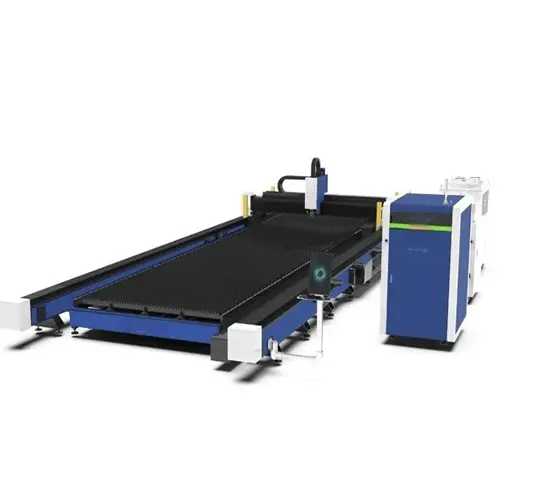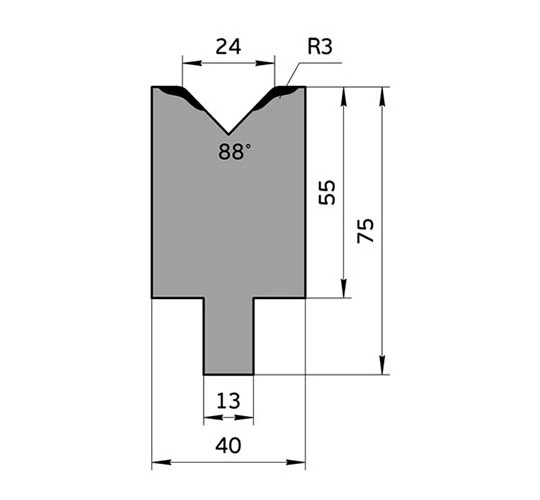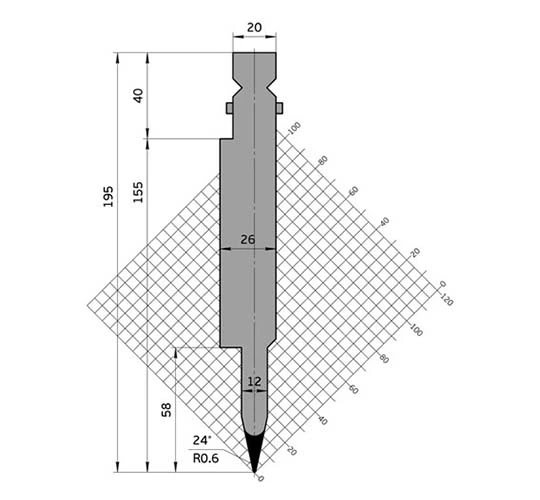Plate rolling machines are essential in metal fabrication, transforming flat sheet metal into curved shapes like cylinders or cones. Understanding their working principles is key to leveraging their capabilities effectively. This guide explores the fundamental mechanics of plate rolling machines, detailing how they operate, the types of movements involved, and the stages of the rolling process to produce high-quality workpieces.
How Plate Rolling Machines Function
A plate rolling machine is a forging tool that operates on the principle of rolling and bending to shape sheet metal. The machine’s work rollers move under hydraulic pressure, mechanical force, or other external forces to bend or roll the plate into the desired form. Utilizing the three-point round forming principle, the machine induces continuous plastic deformation in the plate through changes in the rollers’ relative positions and rotational motion. This process alters the geometry of the sheet while maintaining its volume, resulting in a workpiece with a predetermined shape, such as a cylinder or cone.
Movement in Plate Rolling Machines
The motion of a plate rolling machine’s rollers can be categorized into main and auxiliary movements. The main motion involves the rotation and bending of the upper and lower rollers, which is the primary action responsible for shaping the sheet metal. This motion drives the bending process to complete the processing task. Auxiliary motion encompasses actions such as loading, unloading, lifting, and overturning the upper roller during the rolling process. The upper roller, powered by a driving device, uses friction between itself and the plate to rotate the bottom rollers, enabling the formation of cylindrical shapes. By adjusting the distance between the rollers, operators can control the thickness and diameter of the workpiece, tailoring it to specific requirements.
The Plate Rolling Process
Pre-Bending
The rolling process begins with pre-bending to address the issue of remaining straight edges, which occur at both ends of the plate where it does not contact the upper roller. In symmetrical rolling, these straight edges are approximately half the center distance of the lower rollers, influenced by plate thickness. In asymmetric rolling, the straight edge is reduced to about one-sixth to one-tenth of that in symmetrical bending. Completely eliminating these edges during straightening is challenging and may lead to quality issues or equipment damage. Pre-bending the sheet metal mitigates this problem, ensuring a smoother rolling process. If pre-bending is not performed, operators can use a mold to correct the shape after the final rolling stage.
Alignment
Proper alignment is critical when inserting the sheet into the plate rolling machine to prevent skewing of the workpiece. The plate’s generatrix must be parallel to the rollers to ensure uniform bending and high-quality results. Careful positioning during this stage minimizes defects and ensures the workpiece maintains its intended shape throughout the rolling process.
Correction
The correction phase aims to achieve uniform curvature across the entire workpiece, enhancing product quality. This involves several steps: first, the rollers are adjusted to the maximum correction curvature position based on experience or calculations. The workpiece is then rolled multiple times under this curvature, with particular attention to welded areas to ensure consistent curvature throughout. Finally, the load is gradually reduced, allowing the workpiece to roll several times under decreasing corrective force. This gradual unloading process helps maintain uniform curvature and prevents deformation, resulting in a high-quality, precisely shaped product.
Mastering Plate Rolling Mechanics
Plate rolling machines operate on a sophisticated yet efficient principle of three-point bending, utilizing main and auxiliary roller movements to shape sheet metal with precision. The rolling process, encompassing pre-bending, alignment, and correction, ensures the production of uniform, high-quality workpieces. By understanding these mechanics, manufacturers can optimize the performance of plate rolling machines, achieving accurate and consistent results for a wide range of applications in metal fabrication.
 English
English 日本語
日本語 한국어
한국어 français
français Deutsch
Deutsch Español
Español русский
русский Türkçe
Türkçe português
português العربية
العربية Polska
Polska हिंदी
हिंदी Indonesia
Indonesia



